Abstract:
HPLC-DAD method was used to study the change law of content of
Ginkgo biloba leaves pigments in different months, and the effects of various drying methods on the content of
G.biloba leaves pigments were evaluated by cluster analysis and technique for order preference by similarity to an ideal solution(TOPSIS). The results showed that the established HPLC-DAD method was simple, accurate, sensitive and reproducible.
G. biloba leaves pigments content was significantly different from April to November. The contents of chlorophylide a, pheophorbidel a and
β-carotene reached the highest values in April, which were (1 762±121), (628±32) and (482±45) μg/g, respectively. The contents of chlorophyll a and b arrived at the highest values in May, which were (8 701±571) and(3 140±274) μg/g, respectively. The content of lutein could get to the highest value in July, which was (2 057±104) μg/g. Cluster analysis results demonstrated that 12 kinds of drying methods could be divided into four categories. Freeze drying, vacuum drying at 40℃, and atmospheric drying at 40℃ were clustered as A category. Shade drying was clustered as B category. vacuum drying at 100℃ and atmospheric drying at 100℃ were clustered as D category. The left 6 kinds of drying methods were clustered as C category. Through the analysis of TOPSIS method, it was found that the top five drying methods of
G. biloba leaves were freeze drying, vacuum drying at 40℃, atmospheric drying at 40℃, shade drying and atmospheric drying at 60℃. Considering comprehensively, vacuum drying at 40℃ was the most suitable drying method for industrial production, with fast drying speed and effective protection of pigments.


 下载:
下载: